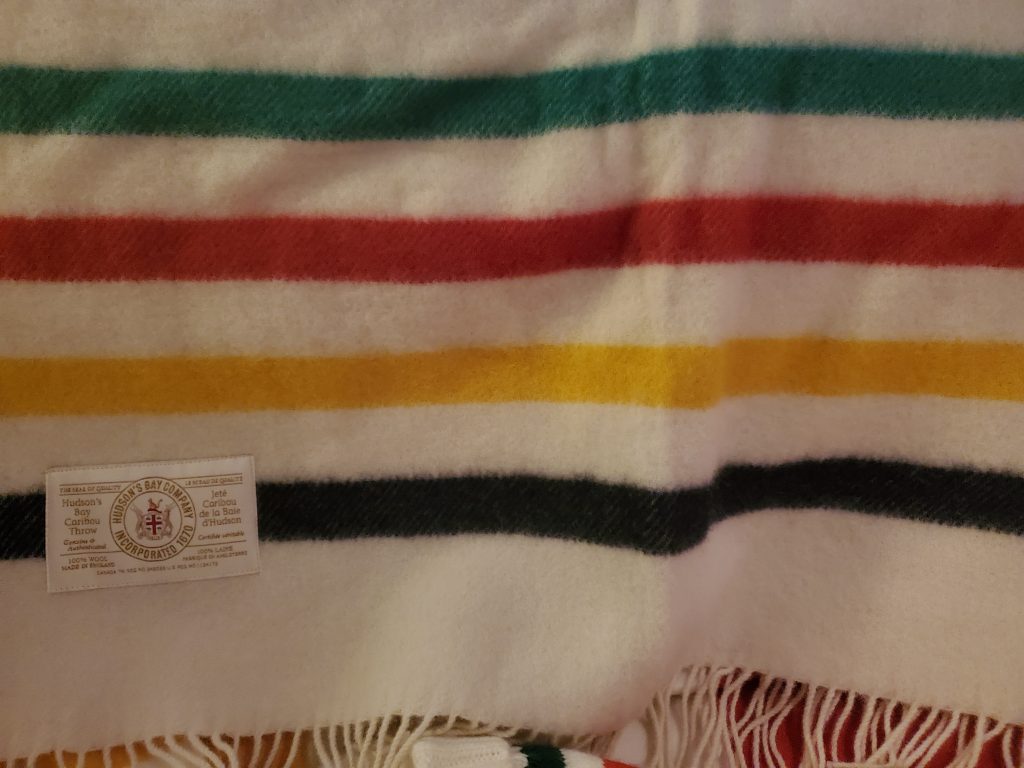‘Why is it not suspicious when our people go missing?’: Questions remain at Chelsea Poorman vigil

Posted May 8, 2022 5:41 pm.
Last Updated May 9, 2022 9:51 am.
Family and supporters gathered outside of the Shaughnessy home where Chelsea Poorman’s body was found, in an emotional vigil in her memory on Sunday.
Chelsea, a 24-year-old Indigenous woman missing for 1.5 years in Vancouver, was found dead late last month and police have deemed the case non-suspicious.
Diana Day, lead matriarch of the Pacific Association of First Nations Women, said nothing about Chelsea’s disappearance sounded non-suspicious.
“I was quite concerned and appalled and shocked that they would consider it non-suspicious,” said Day. “Seems like common sense to me that it would be a suspicious death.”
A vigil held today for Chelsea Poorman at the home where her body was found in Vancouver’s Shaughnessy neighbourhood. “We as Indigenous women, this is how we have to spend our Mother’s Day.” -Diana Day.
More to follow. @CityNewsVAN pic.twitter.com/jpvrAfsdpE— Michael Williams (@1130Williams) May 8, 2022
Police have reported Chelsea was found outside a vacant home in the city’s Shaughnessy neighbourhood last month near Granville Street and W. 37 Avenue. Police believe Chelsea died at the vacant home the night she disappeared or shortly thereafter, “but went undiscovered because the house has been vacant for years.”
“It’s just so shocking that the police did not take this case seriously from the onset,” said Day.
Vancouver police Sgt. Steve Addison has said it would be very difficult to determine a cause of Chelsea’s death due to how long the body was on the property.
“Skeletal remains is all that’s left,” he said, adding while the disappearance might appear suspicious, the death is not believed to be.
“The fact that Chelsea disappeared, seemingly out of thin air: One minute she was on Granville Street, she was with her sister downtown, and then she was not seen or heard from again — and the fact that she disappeared and had been missing for such a long period of time certainly was suspicious. However now, with the totality of the evidence, the investigation’s been completed,” Addison said.
Day said there is a systemic problem when it comes to how quickly police deem Indigenous missing persons to be non-suspicious.
“There was a woman found in a ditch near Hope and she was found … without her purse and without her shoes and they ruled that non-suspicious, and she was a First Nations woman and I said, if that had been … a white woman, with no purse and shoes, you better believe that’s going to be suspicious,” Day said.
“Why is it not suspicious when our people go missing?”
Related links:
-
‘A lot of unanswered questions’: Tragic end to search for Chelsea Poorman in Vancouver
-
B.C. Indigenous man, granddaughter settle human rights complaint against BMO for wrongful arrest
-
Vancouver police-involved shooting leaves man dead on DTES
Chelsea’s mother, Sheila, echoed the thoughts of Day saying there were still questions that needed to be answered.
“We don’t know how she died … She was just there and she just died without trying to call for help? That’s not Chelsea. She’s been put in some dangerous situations, but she always found a way to reach out to her family. No matter what was going on, she always found a way to get out of situations and call us. For her to be just there, for who knows how long … a lot of unanswered questions,” she told CityNews.
Day says the biggest thing the public can do is educate themselves on the critical issues Indigenous people are experiencing.
“We need all Canadians to educate themselves about the land they are on and start giving back whether it’s your donations or your time,” said Day.
“It’s the fault of our education system. Because they failed. They failed us deliberately, deliberately and greatly. They failed us on many, many different levels.”
– With files from Denise Wong








